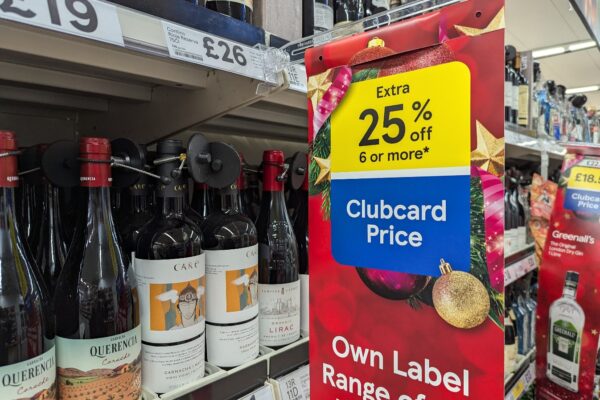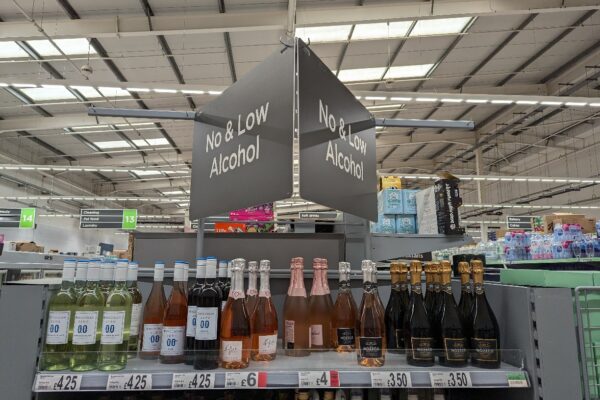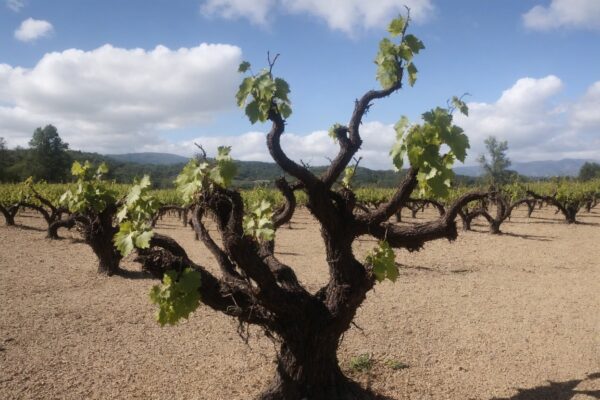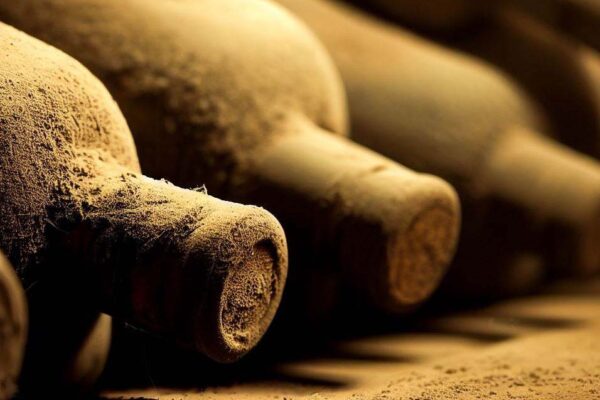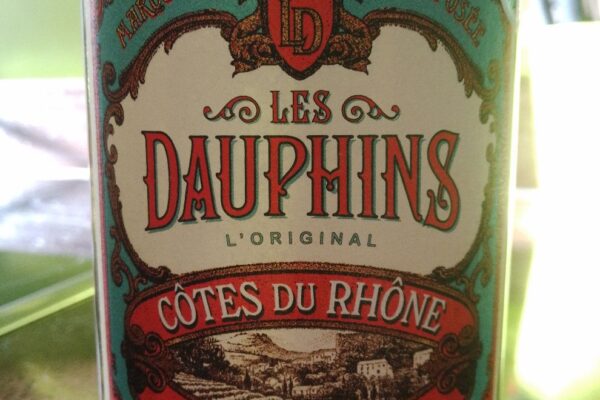
“The Wine Board Game” is an engaging board game, made for wine enthusiasts and those curious about the world of wines. This game is an excellent blend of wine trivia and a dash of luck, making it an ideal choice for a dinner party or an evening with friends.
The game is recommended for players aged 18 and above, which is fitting given its wine-centric theme. You can play with 2 to 6 people.
The contents of the game are well thought out and include the game board, instructions, a variety of wine-themed questions, wine cards, corked cards and playing pieces.
One of the standout features of “The Wine Board Game” is the diversity in its questions. While some can be challenging for non-enophiles, the presence of some multiple-choice options allows players of all knowledge levels to participate and enjoy. This design choice not only levels the playing field but can also make the game an educational experience. Non-wine experts learn about different wines and wine-related trivia as they play.
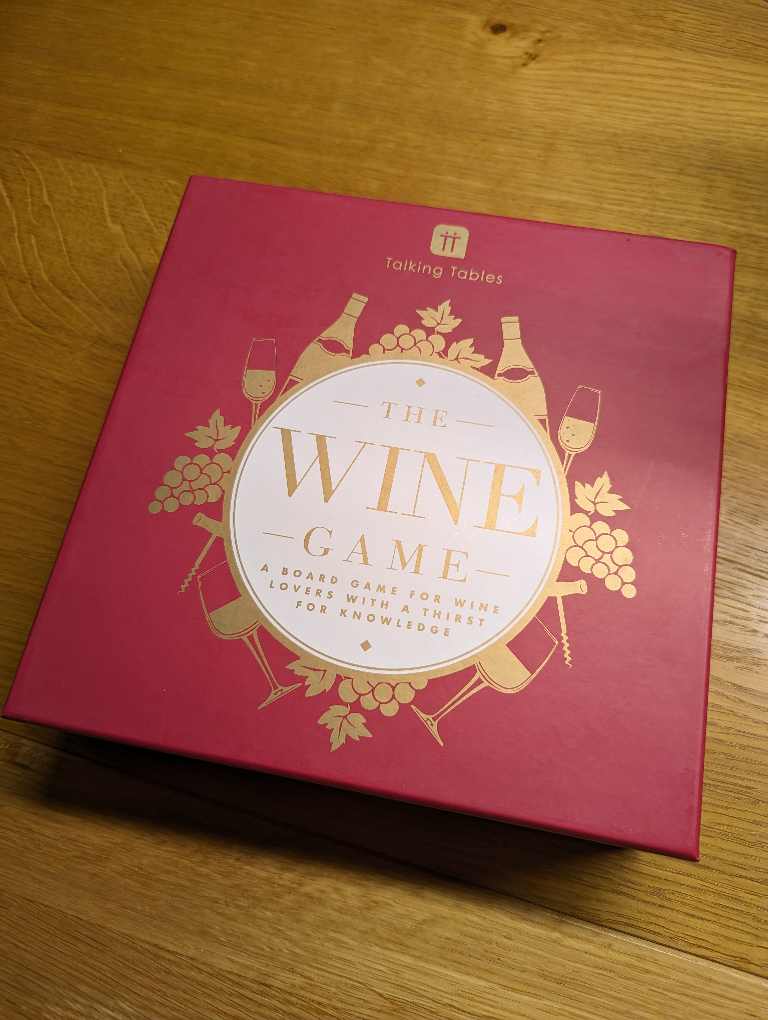
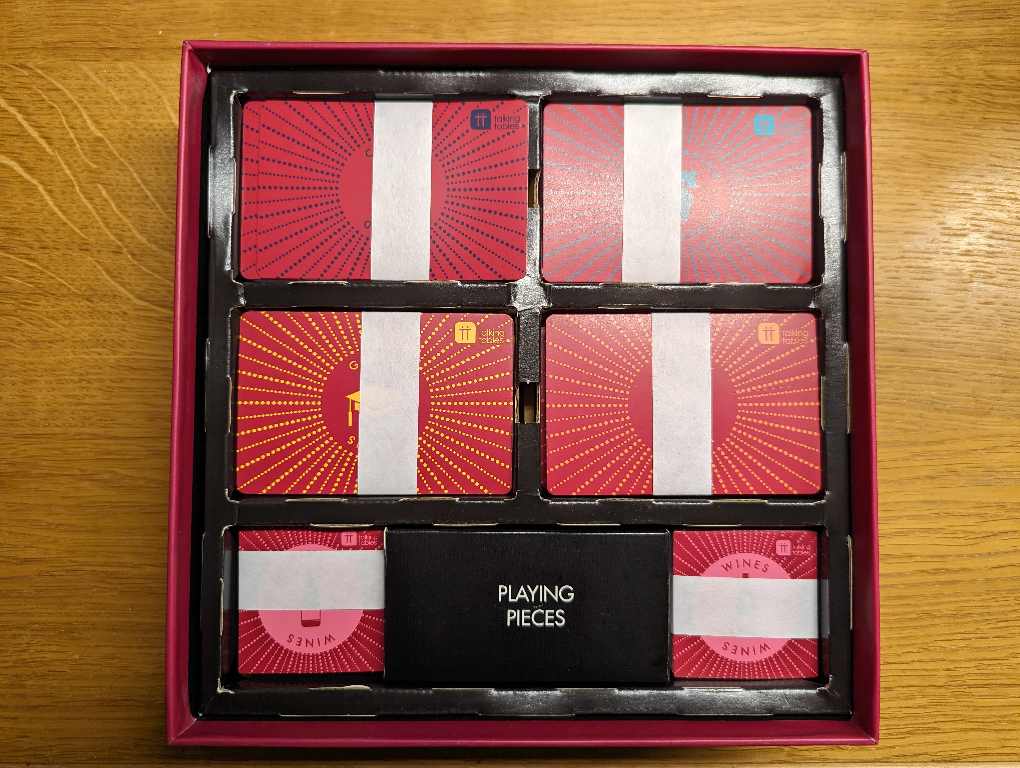

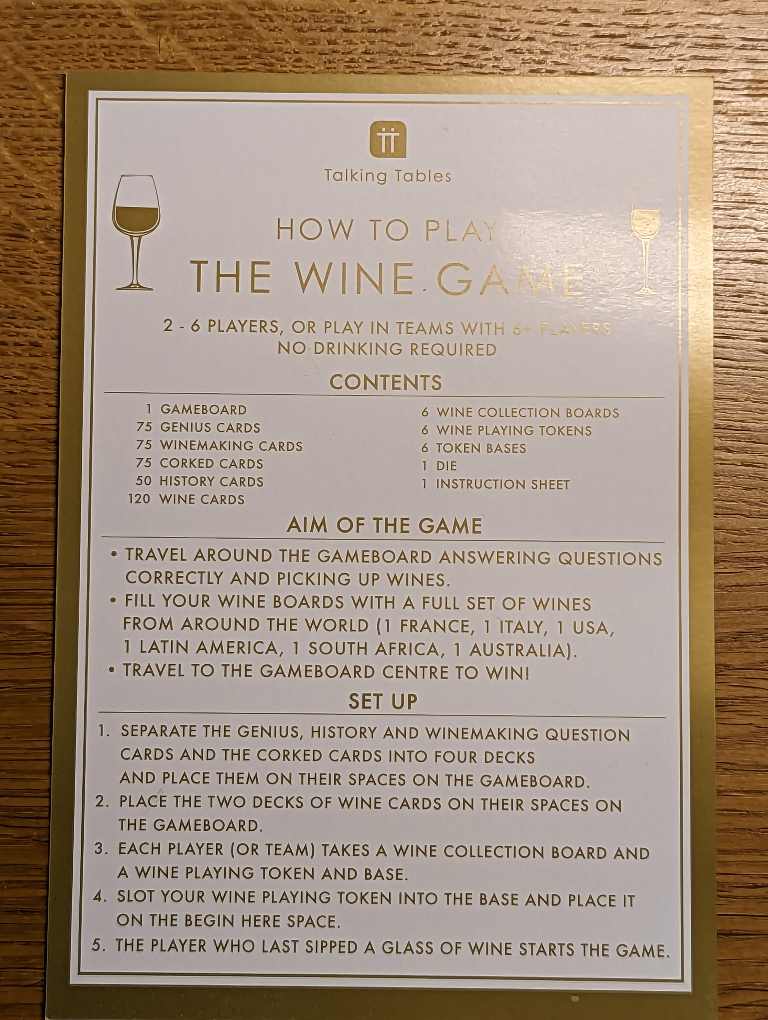
The game’s structure, with its mix of chance and knowledge, keeps it interesting and engaging. The twists introduced by the different types of cards add an element of unpredictability, ensuring that each game session feels fresh and exciting.
Priced at £28.00 at the time of writing and available from Talking Tables, this game is not just a fun activity but also a thoughtful gift for wine lovers, whether for Christmas, birthdays or any other occasion. The fact that Talking Tables is a family-owned business that actively contributes to the community and environmental causes adds a layer of social responsibility to your purchase, making it all the more worthwhile.
In summary, “The Wine Board Game” is a well-constructed, entertaining and educational game that is perfect for adults who enjoy wine or are curious about it. Its balance of trivia, strategy and chance, combined with its educational aspect, makes it a great addition to any game night, dinner party or social gathering.





